What is lip blush? The semi-permanent alternative to lip tints that is set to take over
It's been a summer of lip tint launches, but is the lip blush treatment the new way to go?
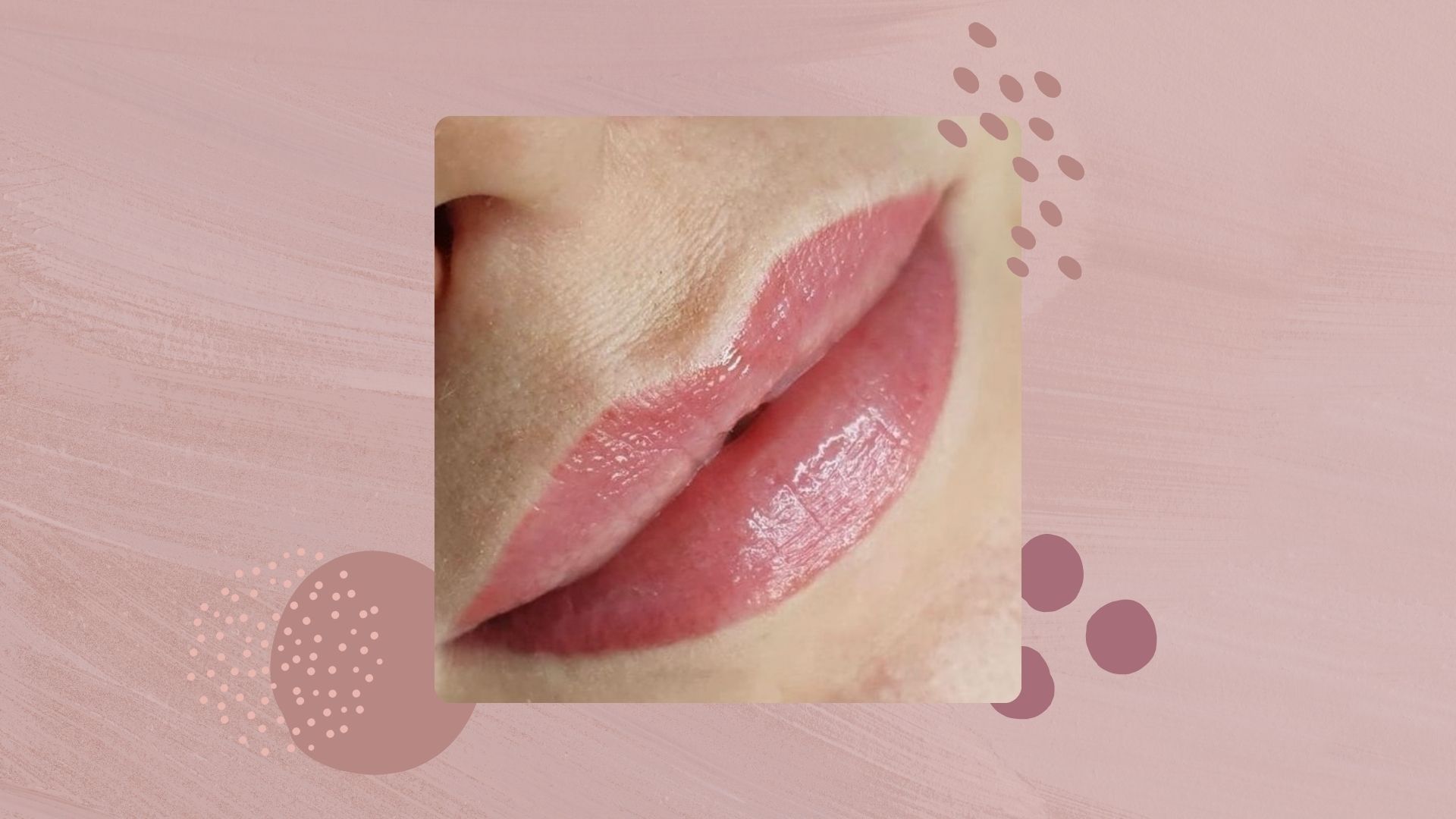

Take a lip tint or lip stain and make it last a few more months, and you have the ever-increasing in popularity treatment, lip blushing.
An almost permanent alternative to the best tinted lip balms and the many lip stains that are around at the moment, it's "a great alternative for those that are still looking to enhance their lips in a natural way," says Karen Betts, leading permanent make-up artist and owner of Karen Betts Clinics. "If you are looking for your perfect ‘your lips but better’ shade that truly suits your skin tone, this treatment can give you a full refresh.”
But what exactly is lip blush and how does it differ from the permanent makeup faux pas we've heard of in the past? Here's everything you need to know if you're thinking of getting the up-and-coming treatment.
Everything you need to know about lip blush
From how the treatment works, to what to do to look after your lips, here's everything you need to know about lip blush...
What is lip blush?
A treatment that uses a precise shading technique, delivered through small needles, lip blush is essentially permanent makeup.
And while that may bring up memories of uneven 90s lip liner and some not-so-professional looking eye makeup, come 2025, the technology has blossomed.
"There’s still a misconception around permanent make-up, where people still think back to 90s eye and lip liner, which nowadays can look harsh and ageing," says Betts. "Our Lip Blush treatment uses a micro-shading technique, delivered via a hand tool which is made up of tiny blades, pins and shader needles, enabling precise strokes and shading to add soft pigment to the lips, defining the border and enhancing your natural colour to give a subtle look."
Sign up to our free daily email for the latest royal and entertainment news, interesting opinion, expert advice on styling and beauty trends, and no-nonsense guides to the health and wellness questions you want answered.
"We use a specialist facial tattooing machine, which works at a much lower frequency than a standard tattoo machine, to implant pigment into the lips via very fine needles," she adds. "The sensation is that of an electric toothbrush being held against your skin."
Who is it for?
"It is a great treatment for those looking to enhance their lips without the use of dermal fillers, or for those that want a fuss free flush of colour every day without the need of applying or topping up makeup," says Betts.
"If you are looking for your perfect ‘your lips but better’ shade that truly suits your skin tone, this treatment can give you a full refresh.”
What is the treatment process & how long does it take?
After a consultation process where the clinic will discuss with you the exact look that you want to achieve, they will then recreate the look on you using lip pencils to make sure they have the right idea. Betts reassures that "this can be drawn on and adjusted 50 times if necessary."
The treatment process tends to take around 90 minutes, however, it can vary depending on the client's individual requirements.
What should you do to prepare?
"It’s really important to consider your full beauty routine when booking a permanent makeup treatment," says Betts. "Your permanent makeup artist should be advising you on how to prepare as part of your consultation so that you can factor these timings in ahead of your treatment."
However, in most cases, it's suggested that for two weeks before your treatment you avoid sun exposure and active skincare ingredients in your routine.
It's also important that you don't have any facial fillers, botox or other injectables in the area.
What should you do after your lip blush session?
Due to the nature of the treatment, it's likely that you'll have some swelling in the area, so it's advised to take a bit of down time.
Betts advises to avoid using makeup for the first 72 hours after treatment and to use a gentle skincare routine for the next week, avoiding any actives like retinol or salicylic acid. It's also advised that you don't expose skin to extreme heat (saunas, sunbeds) until the area has healed, which is usually around two weeks.
"Over exposure to UV is one of the biggest culprits of pigment fade: I tell all my clients to use high-factor sunscreen daily to protect the area and leave 4-6 weeks between your final re-touch procedure and a holiday."
What does it look like?
How lip blush looks varies from person to person, depending on the desired finish you have requested.
For most people, it'll be a subtle colour enhancement that highlights the shape of the lips or maybe adds some brightness, if dull skin is a concern.
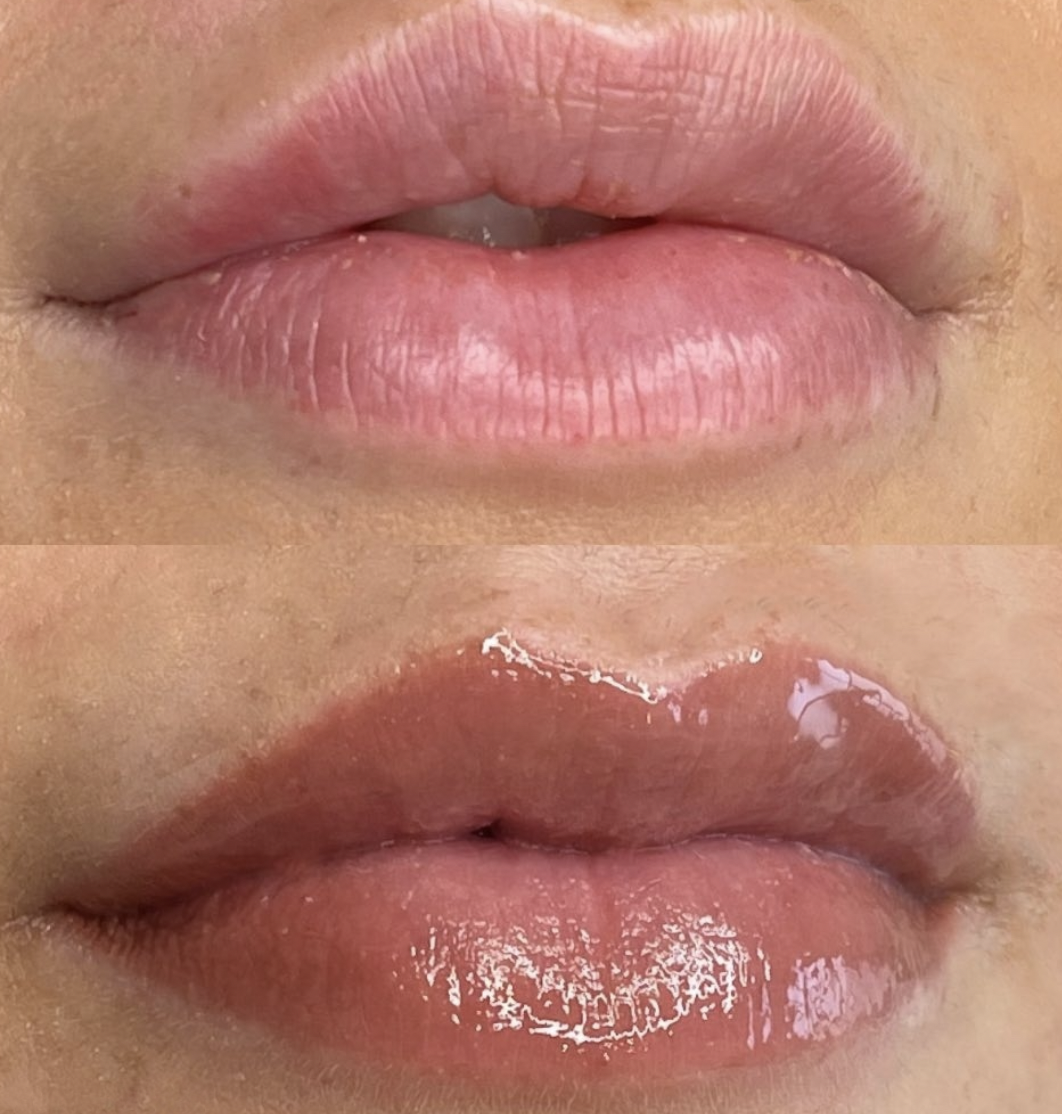
A before and after shot of one of Karen Betts' clients
Others may opt for a more pigmented look thats has more of a makeup finish for higher impact.
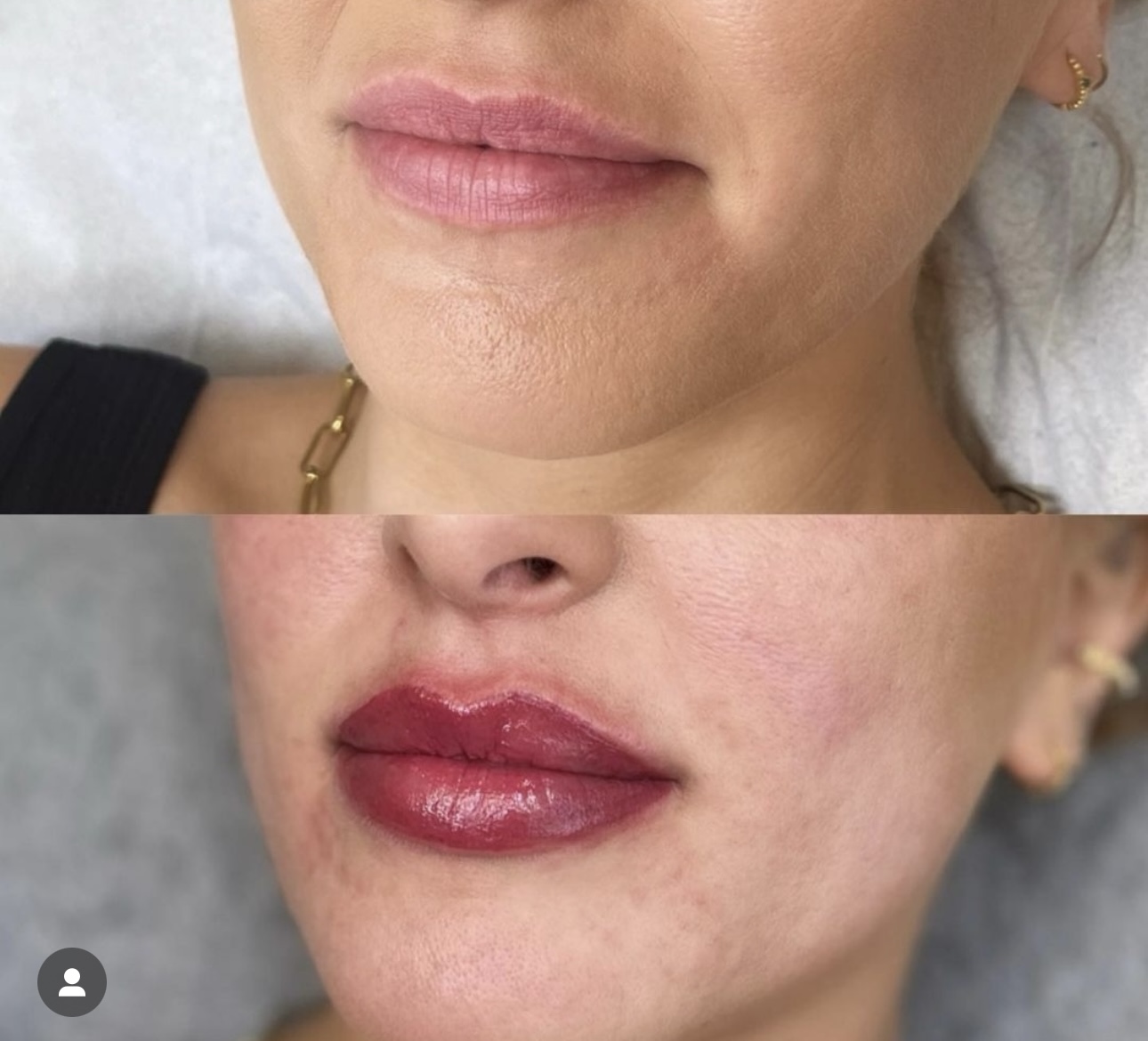
A before and after shot of one of Karen Betts' clients
How long does it last?
While this is a somewhat permanent treatment, top-ups are advised to get the exact look you want and make it last as long as possible.
Following the first treatment, clients will need to have a 30-60 minute appointment around 4-12 weeks after the first treatment to add more pigment to the lips.
"This is because as the area is healing, some parts may not ‘hold’ as well as others and you may have a few patches that need more colour," explains Betts. "This is completely normal as everyone heals differently. Whatever the case, we advise you always come back to clinic for your retouch."
Depending on the individual, lip blush can last up to a year, after which time it may start to fade, which is fine for those who just want a bit of a flush, but if you prefer a darker or more defined look, it will require a top-up.
"I usually see a client every 12-18 months for a colour boost to keep their lips looking perfect," says Betts.
What can you do to prolong your lips in the long-run?
"Aftercare, aftercare, aftercare," says Betts. "It’s vital to achieve the best results. I believe if you follow the correct aftercare your lips will heal and last well."
Betts advises applying a recovery balm throughout the day following treatment, and avoiding touching the area too much. "This may result in the colour healing unevenly and you could also risk scarring and infection," she adds. "Allow the wound to flake on its own."
Betts also advises to avoid excessive exposure to the sun or UV rays and to be cautious when using glycolic or fruit acids in skincare, "as these can fade permanent makeup."
"It's important to remember, permanent cosmetics are a low maintenance treatment, not a no-maintenance treatment."
Not ready to try lip blush yet? Try one of these lip stains instead...
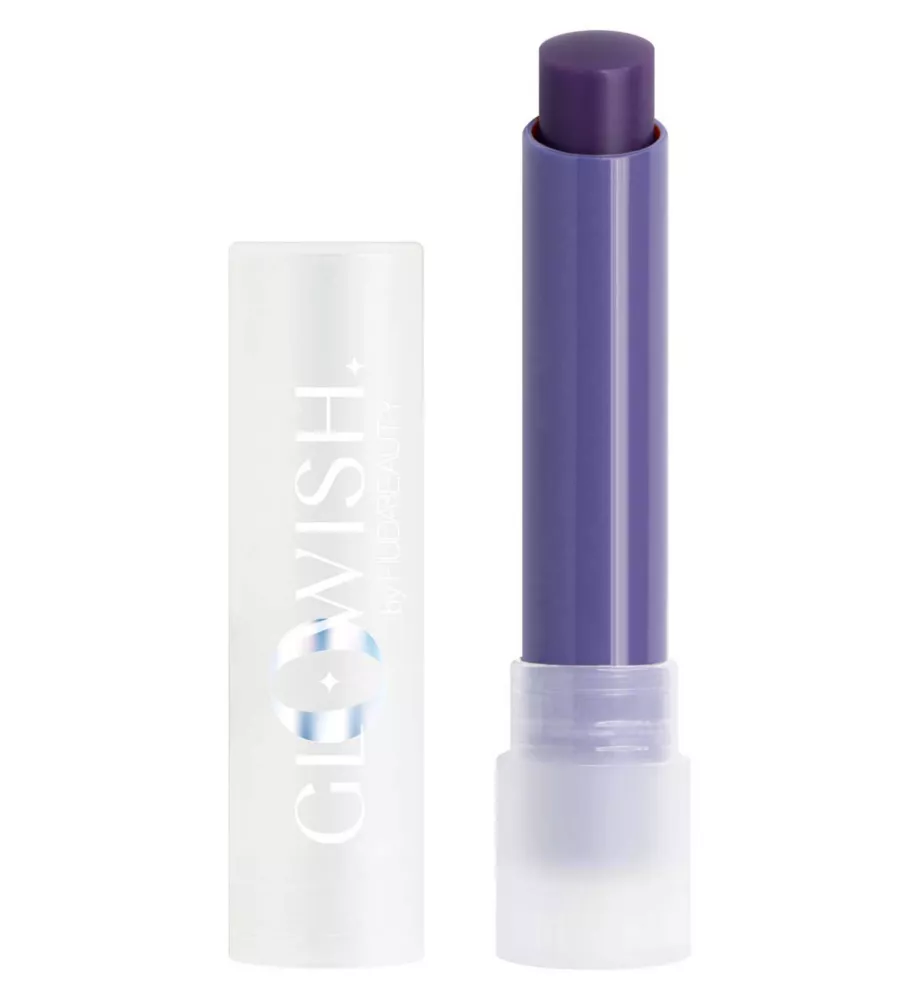
A product that I wear every single day, this lip balm leaves a subtle but flattering tint on the lip that enhances their shape and makes them appear fuller. It's comfortable to wear and the tint lasts almost all day, just one top up and you're good to go. A clever product that adapts to each person's lips for a flattering look on every skin tone, it's one of the best lip balms for leaving behind a rosy tint.
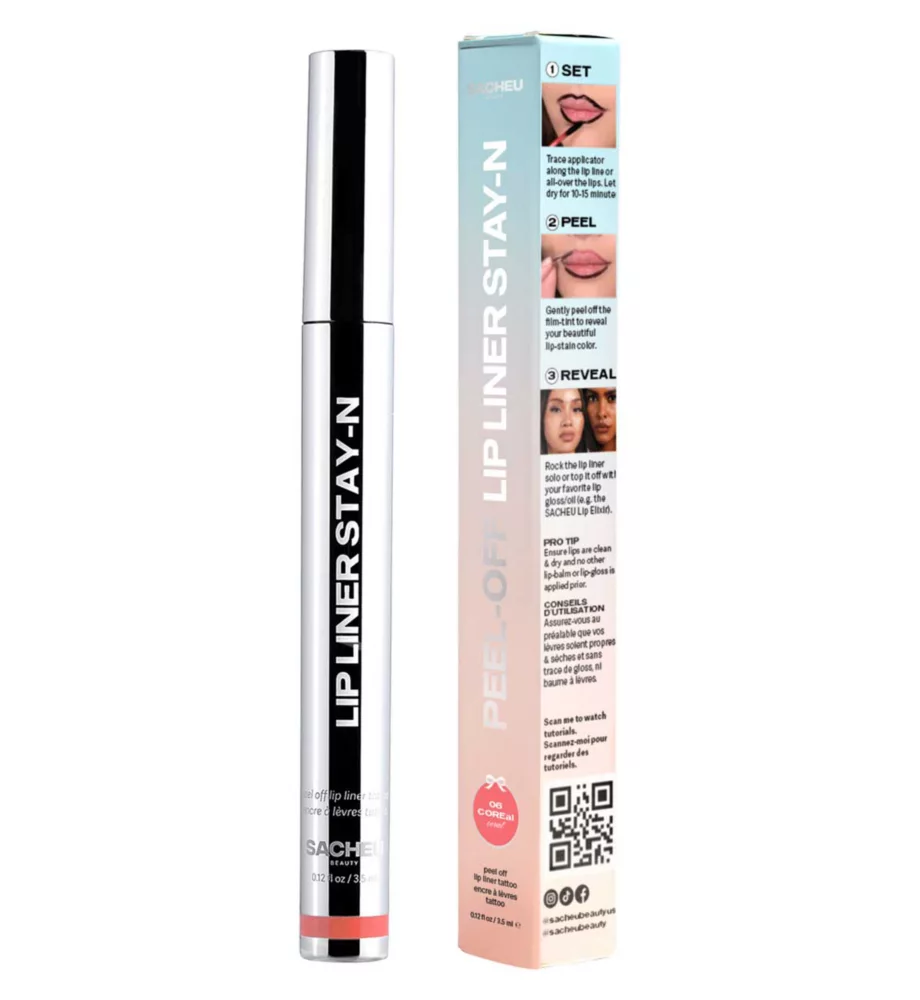
A lip stain that our whole team has used, this clever lip liner creates a flattering stain on the lips that lasts all day. With a doe foot applicator, it's easy to over-line your lips to make them appear fuller, while also creating a subtle tint on the rest of the lips.
Read our team's full review on the Sacheu Lip Liner Stain
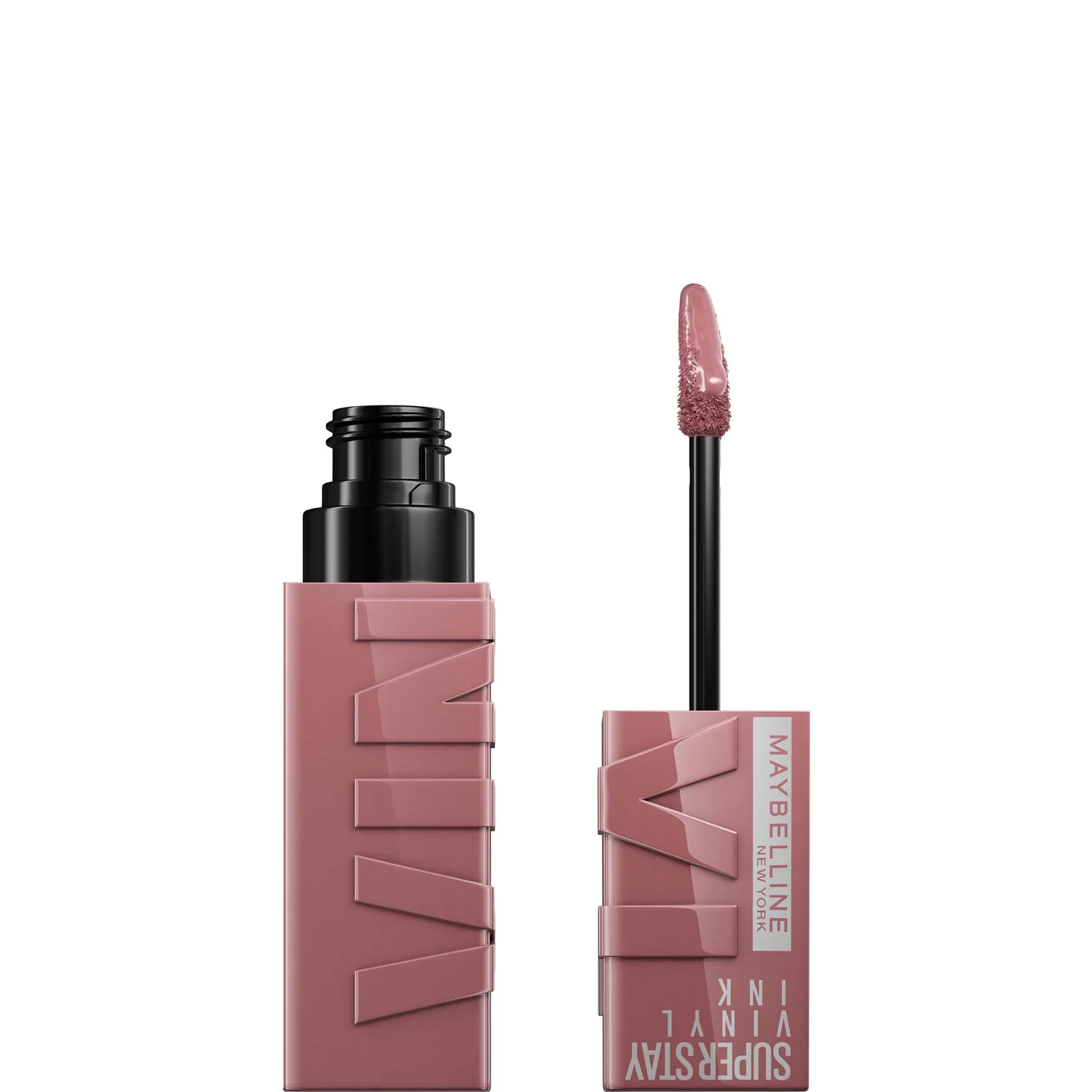
A go-to of our Beauty Channel Editor, Fiona McKim, who used this lip stain every day of her two-week South of France holiday, Maybelline's Superstay Vinyl Ink Long Lasting Liquid Lipstick gives lips a flattering flush of colour that makes them appear brighter and more 'done'. It lasts all day and comes in a range of colours.
Read our Beauty Editor's full review of the Maybelline Vinyl Lip Ink
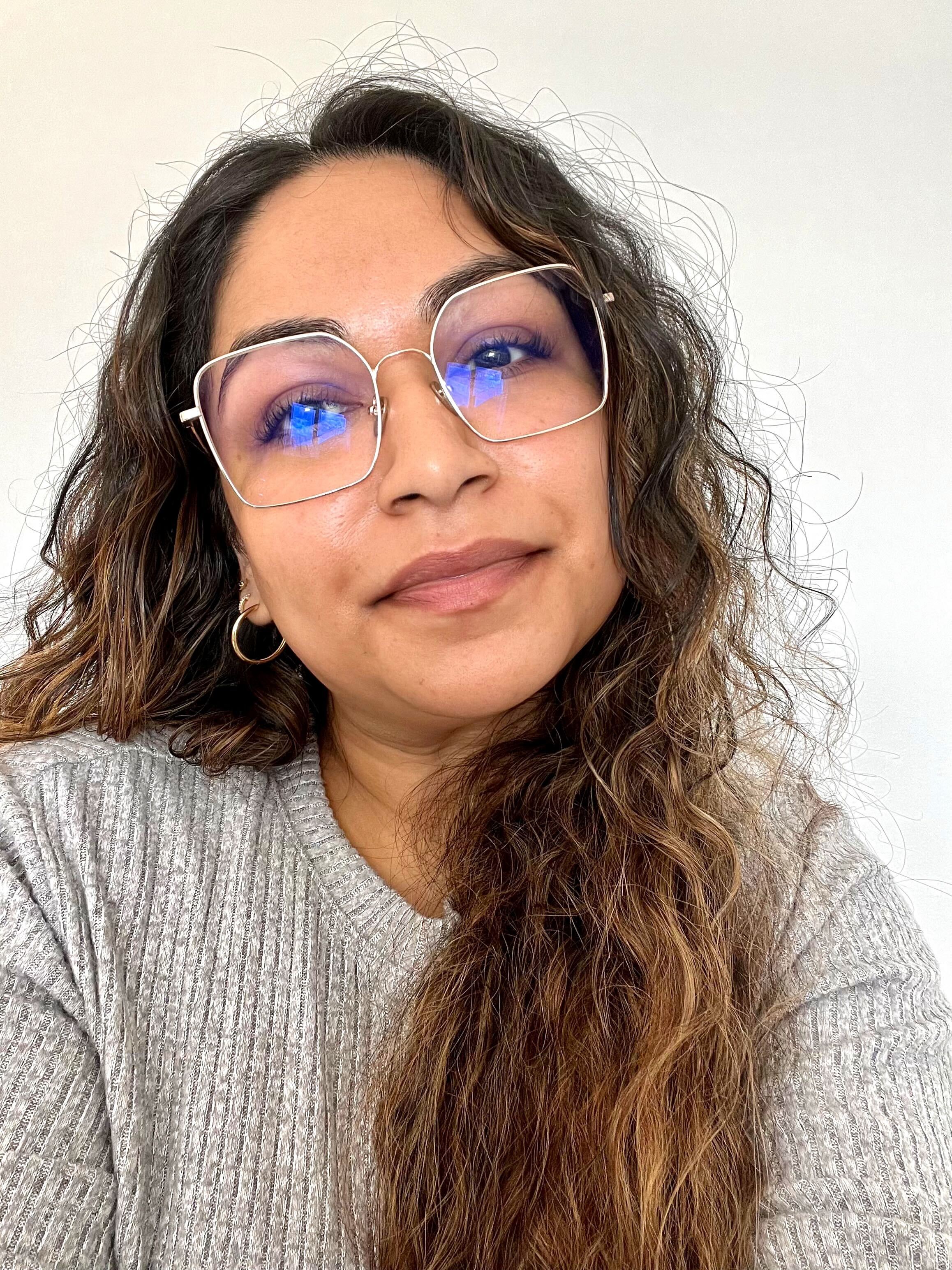
Aleesha is Beauty eComm Editor at woman&home, where she gets to share her expertise into all the best techniques, sharpest tools and newest products—with a particular savvy in skincare and fragrance.
Previously, she was Deputy Editor and Beauty & Fashion Editor for My Imperfect Life, where she headed up the beauty, fashion and eCommerce pages. In the past, she has contributed to a number of women's lifestyle publications, including Women's Health and Stylist, and has earned an MA in Magazine Journalism from City, University of London and an AOP awards nomination for her past work on woman&home's news team.
You must confirm your public display name before commenting
Please logout and then login again, you will then be prompted to enter your display name.